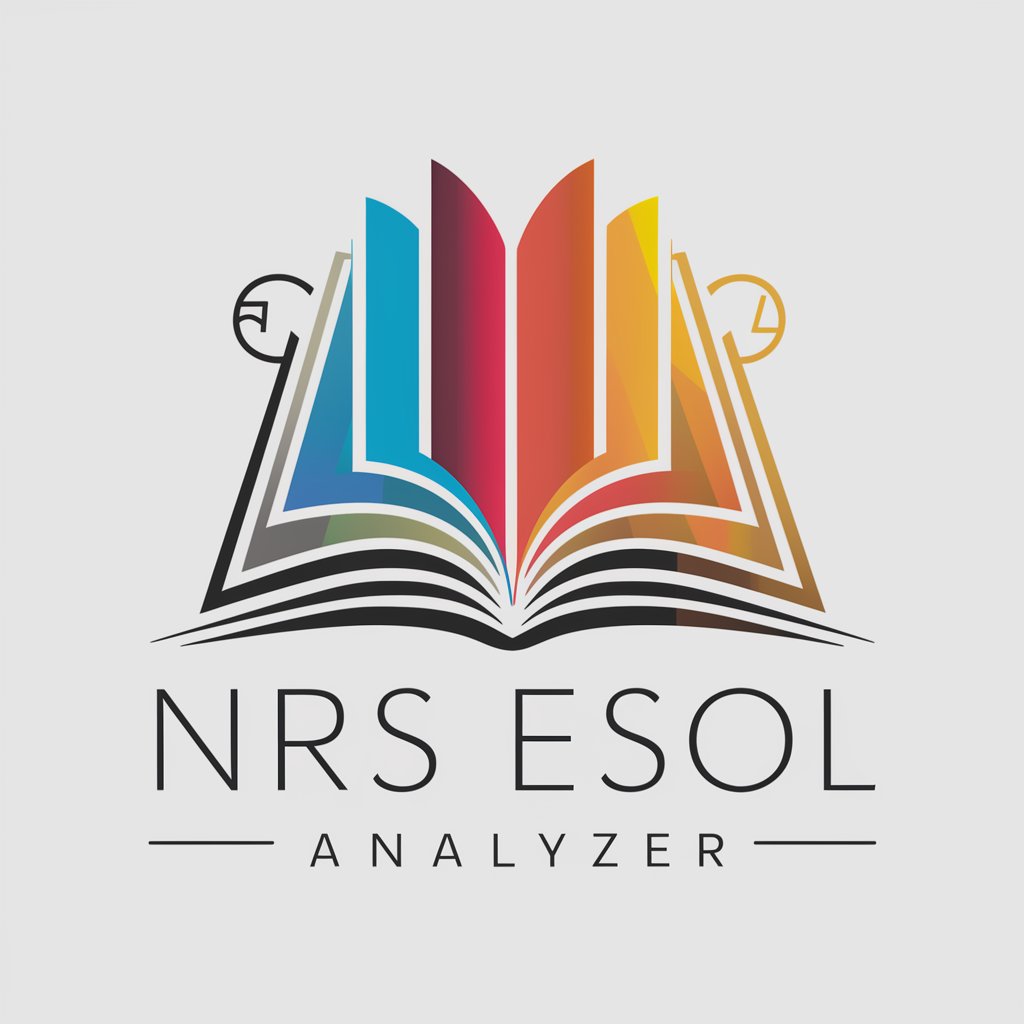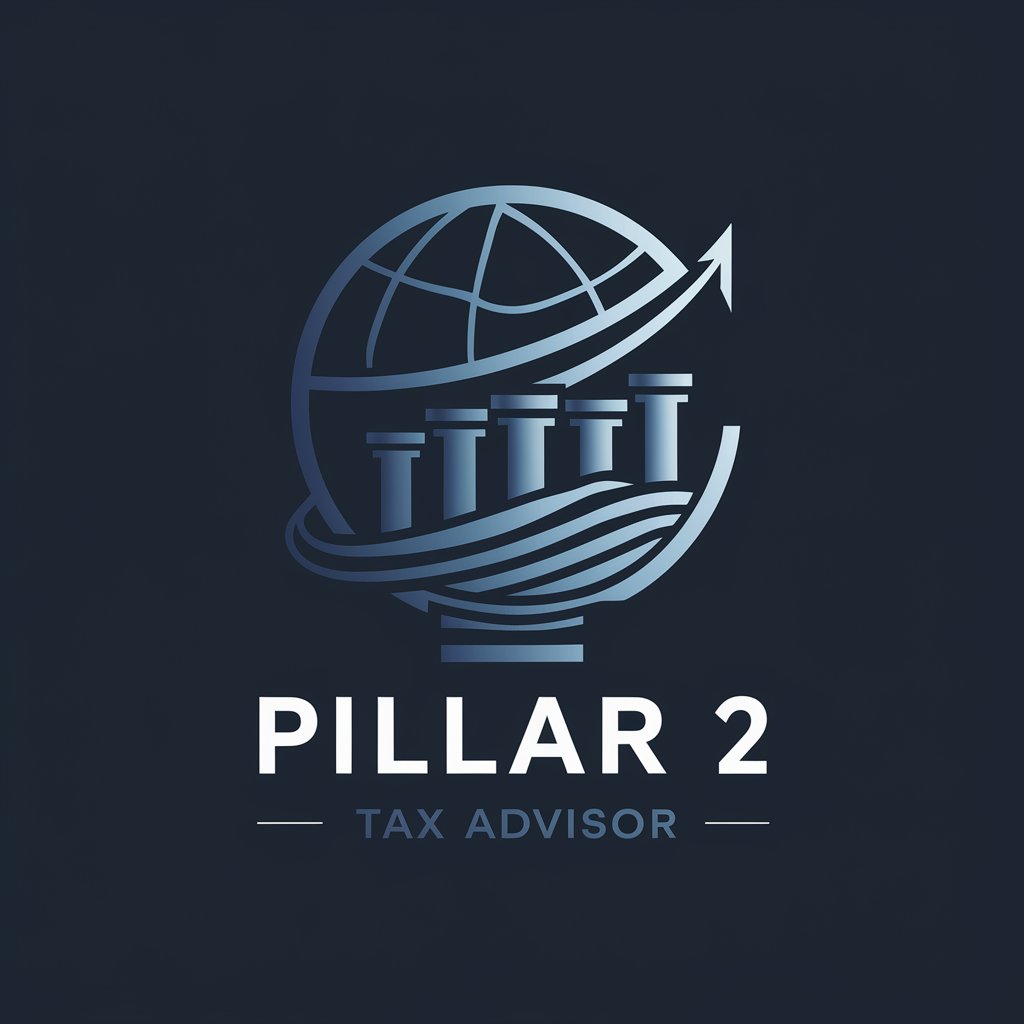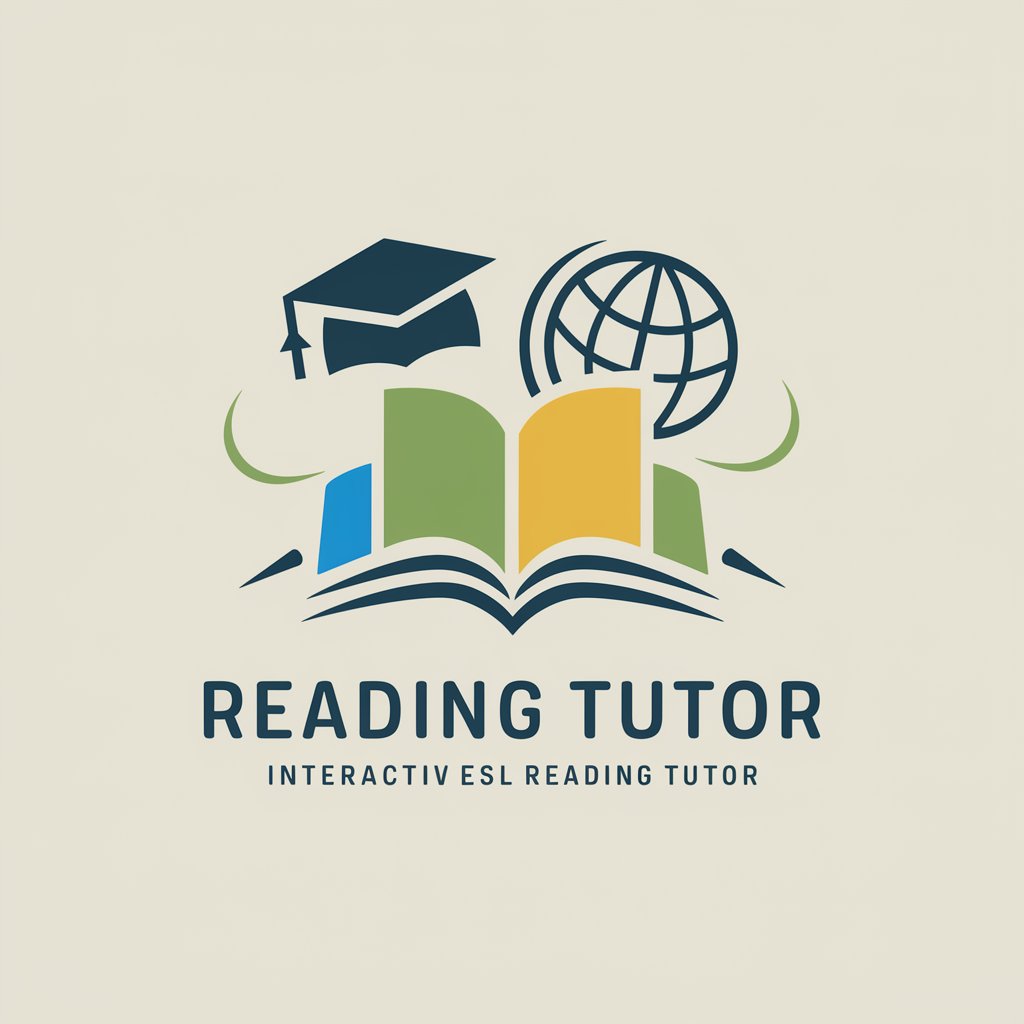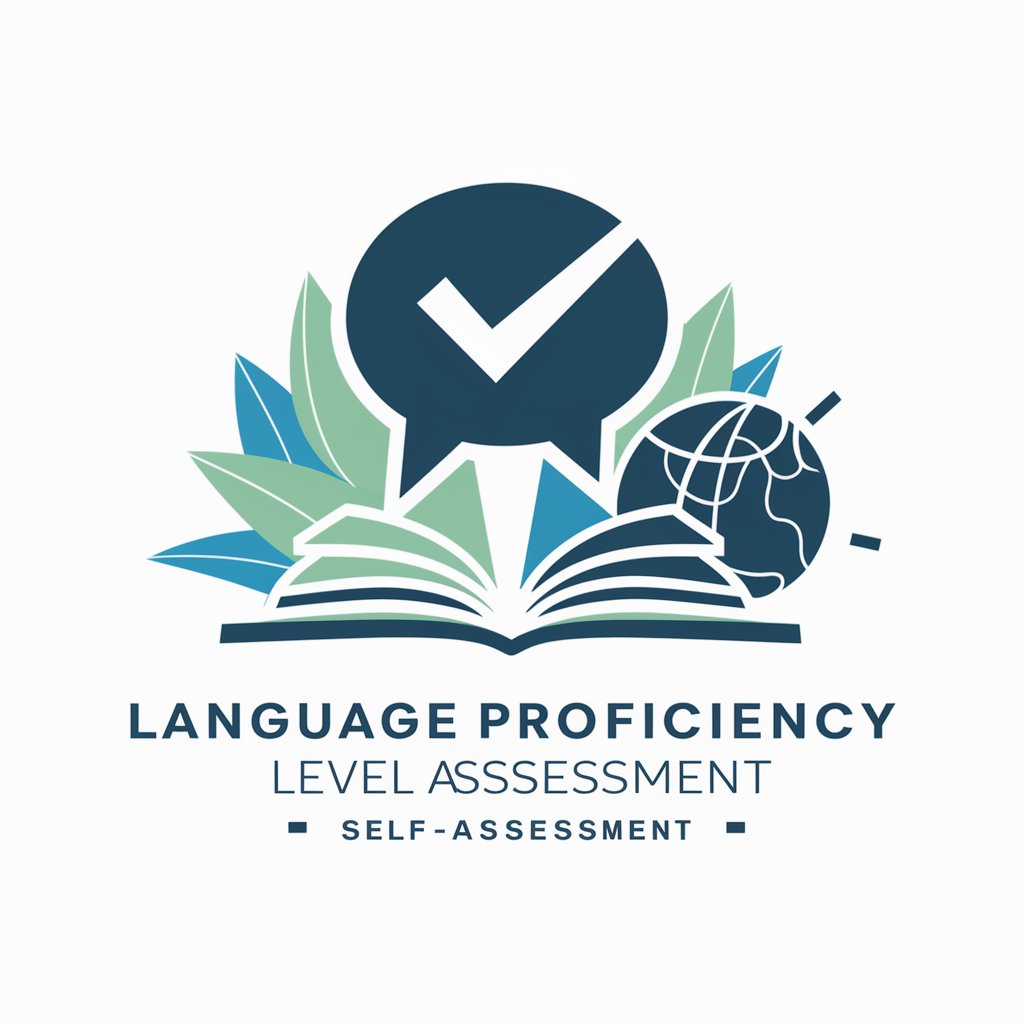
NRS ESOL Levels - Assess ESL Text Complexity

Welcome to NRS ESOL Analyzer, your guide to assessing text complexity.
AI-driven ESOL proficiency assessment
Analyze the text complexity based on NRS ESOL descriptors.
Determine the NRS ESOL level for this informational passage.
Assess the vocabulary and sentence structure for ESOL learners.
Evaluate the grammar usage and overall complexity for ESOL standards.
Get Embed Code
Introduction to NRS ESOL Levels
The National Reporting System (NRS) for Adult Education defines Educational Functioning Levels (EFLs) specifically tailored for English for Speakers of Other Languages (ESOL). These levels are instrumental in shaping instructional strategies and assessment techniques for adult learners. ESOL levels range from 'Beginning ESL Literacy' to 'Advanced ESL,' each characterized by specific linguistic and functional skills that learners are expected to develop. For example, at the 'Low Intermediate ESL' level, learners should be able to, with some support, identify main points and reasons in simple texts and conversations, which helps teachers and testers align educational content and assessment with these targets. Powered by ChatGPT-4o。

Main Functions of NRS ESOL Levels
Assessment Guidance
Example
Providing benchmarks for language proficiency assessment, such as the ability to understand, interpret, and engage with literary and informational text.
Scenario
In a classroom setting, a teacher uses NRS ESOL descriptors to assess students' progress in understanding spoken and written English, ensuring they are progressing from one ESOL level to the next.
Curriculum Development
Example
Guiding educators on the appropriate complexity of instructional materials for each ESOL level.
Scenario
An ESOL curriculum developer references NRS ESOL levels to create lesson plans that gradually increase in linguistic and cognitive demands as students advance through the levels.
Performance Reporting
Example
Facilitating detailed reporting on learners' progress and outcomes based on standardized ESOL levels.
Scenario
An adult education program uses NRS ESOL levels to report to funding agencies how effectively their programs help learners improve their English language skills, fulfilling compliance and performance evaluation requirements.
Ideal Users of NRS ESOL Levels
Adult ESL Educators
Teachers and program directors who require structured levels to assess and enhance instructional strategies for adult English language learners.
Curriculum Developers
Professionals designing educational materials and assessments that need to align with standardized language proficiency benchmarks.
Educational Policy Makers
Decision-makers in educational and governmental institutions who utilize these levels to set policies, allocate resources, and measure the effectiveness of ESL programs.

Guide to Using NRS ESOL Levels
1
Visit yeschat.ai for a free trial without login, also no need for ChatGPT Plus.
2
Select the appropriate NRS ESOL Level that matches the English language proficiency you need to assess.
3
Upload the text to be analyzed, ensuring it aligns with the ESL descriptors for accuracy.
4
Review the analysis provided, focusing on key aspects such as vocabulary complexity and sentence structure.
5
Apply the feedback and suggestions to tailor educational content or assessments accordingly.
Try other advanced and practical GPTs
Insight AI
Unlocking AI's Decision-Making

Pillar Page Maker
Sculpting SEO Pillars with AI

Pillar Page Expert
AI-powered Pillar Page Mastery

Tax Advisor Assistant - Pillar Two Specialist
AI-powered Tax Strategizing Expert

Pillar 2 Tax Advisor
AI-powered Tax Efficiency Expert

Four Pillars of Life's Principles
Explore Your Path with AI-Powered Saju

BIS Expert
Unlock AI-powered legal insights on BIS

Chat Coach
Empower Your Life Decisions with AI

Code Wizard
Empower Your Coding with AI

Park Ranger Shelton
Empowering Creativity and Knowledge with AI

Epic CYOA!
Crafting Epic RPG Adventures with AI

SoulScript Guide
Personalized spiritual guidance at your fingertips.

FAQs on NRS ESOL Levels
What are NRS ESOL Levels?
NRS ESOL Levels are standards used to evaluate and report the English language proficiency of learners in educational settings, aligned with specific linguistic and functional abilities across six levels.
How does the ESOL Analyzer determine the appropriate level?
The ESOL Analyzer evaluates the text based on vocabulary complexity, sentence structure, and overall text complexity to assign the most appropriate NRS ESOL level.
Can the NRS ESOL Levels be used for testing any text?
Yes, they can analyze a wide range of texts, from simple short stories to complex informational texts, as long as the text provides sufficient linguistic content for assessment.
What should I do if the analyzed text does not fit a clear ESOL level?
Review the text for language consistency and complexity, and consider re-evaluating the text or using additional materials for a more accurate assessment.
Are there resources for understanding how to improve after receiving an ESOL level?
While the ESOL Analyzer provides the level and feedback, further instruction or resources should be aligned with educational standards and tools specific to each level's requirements.





